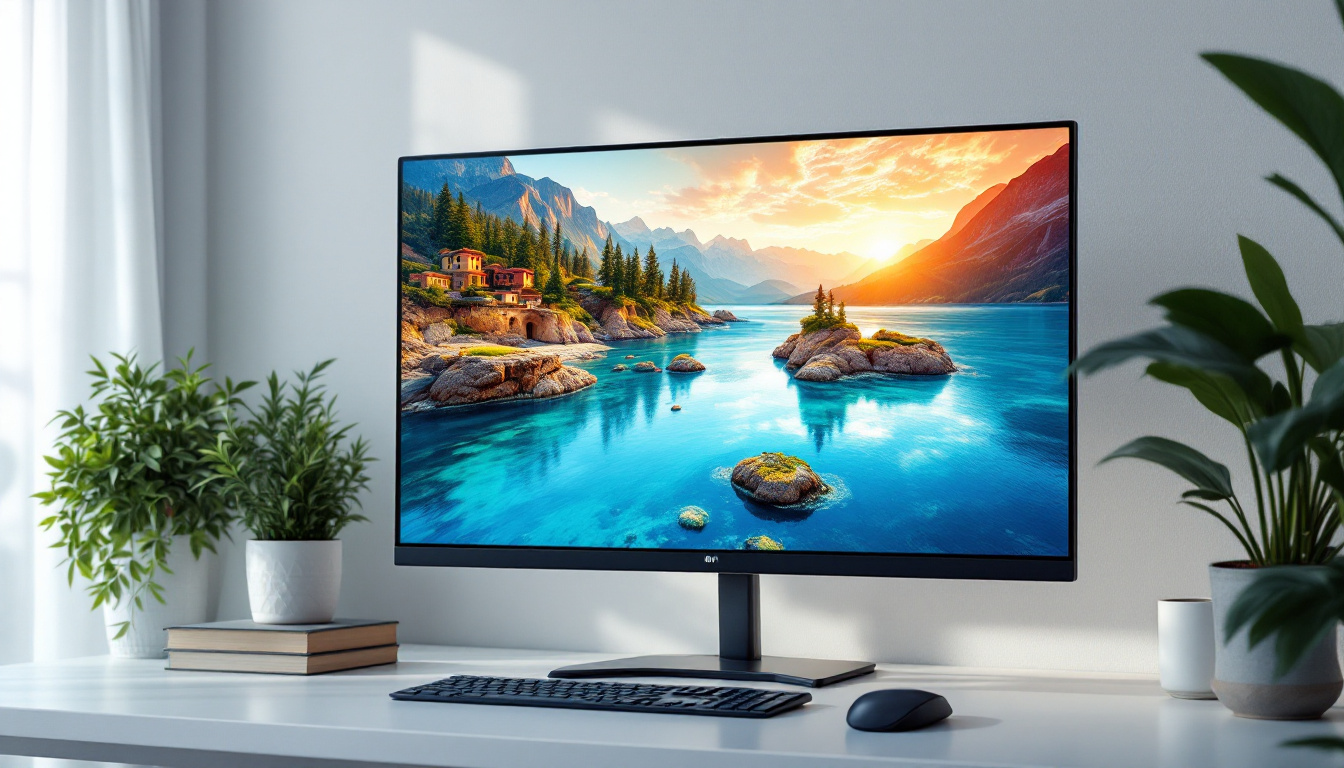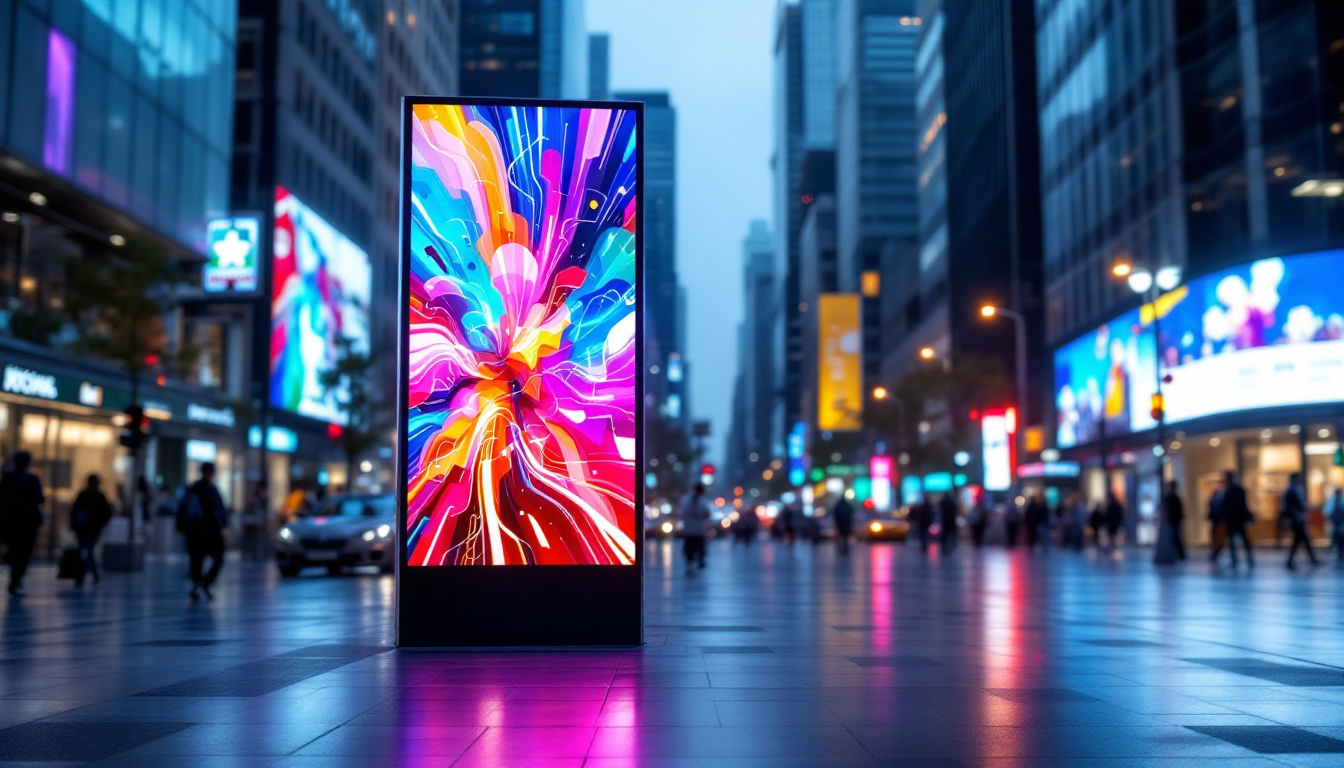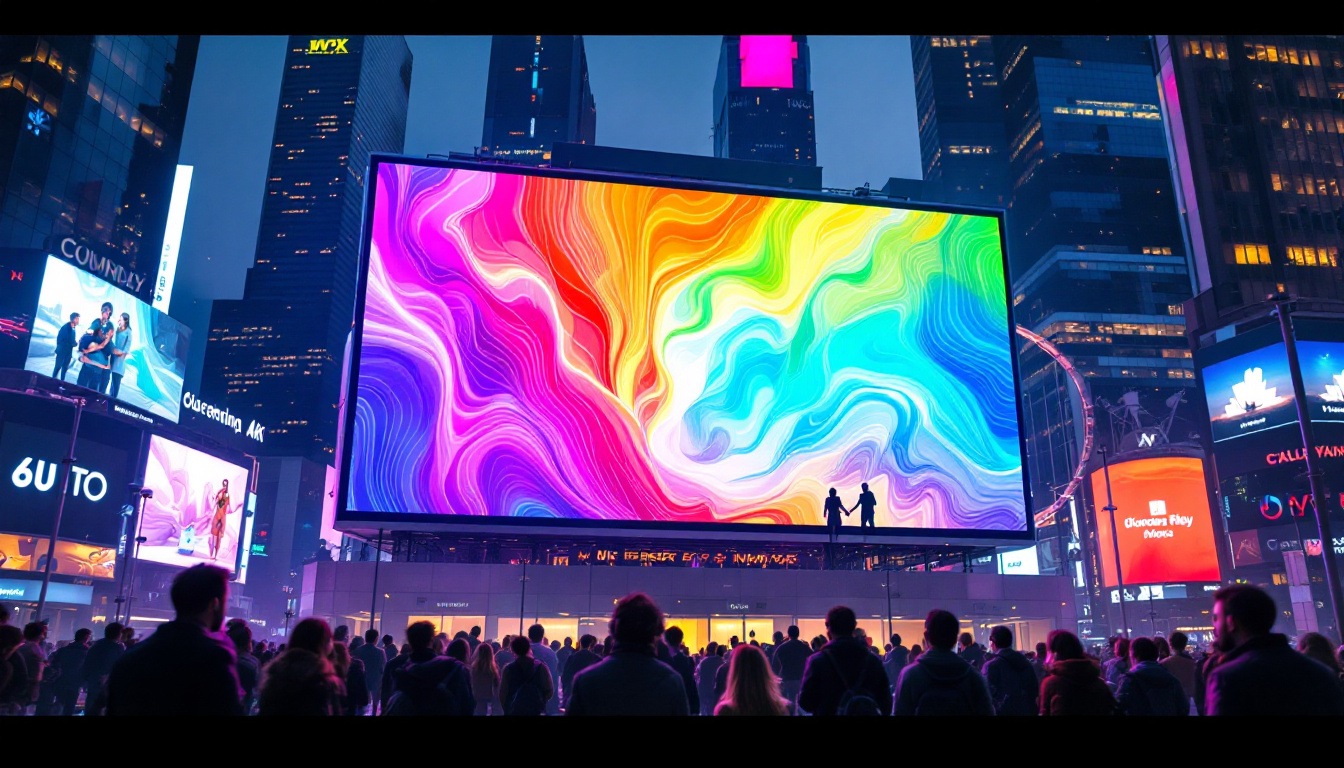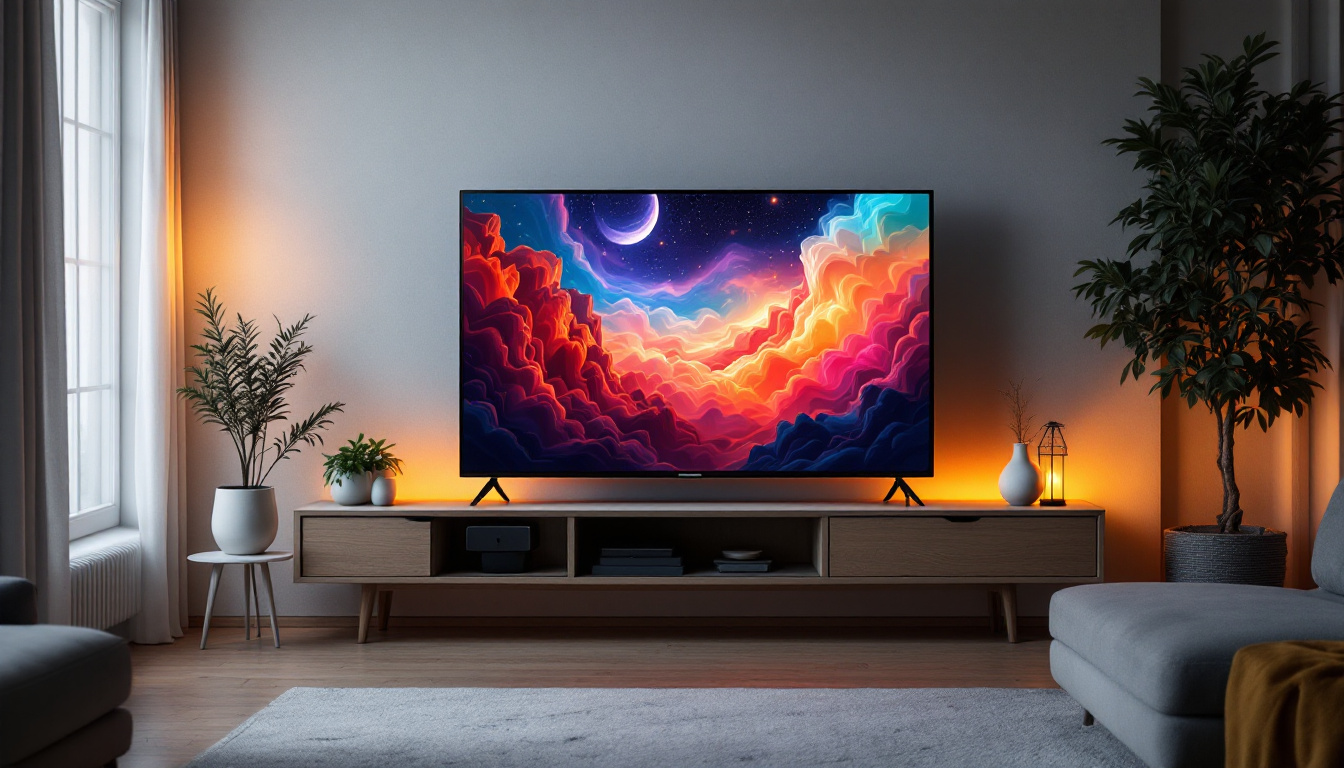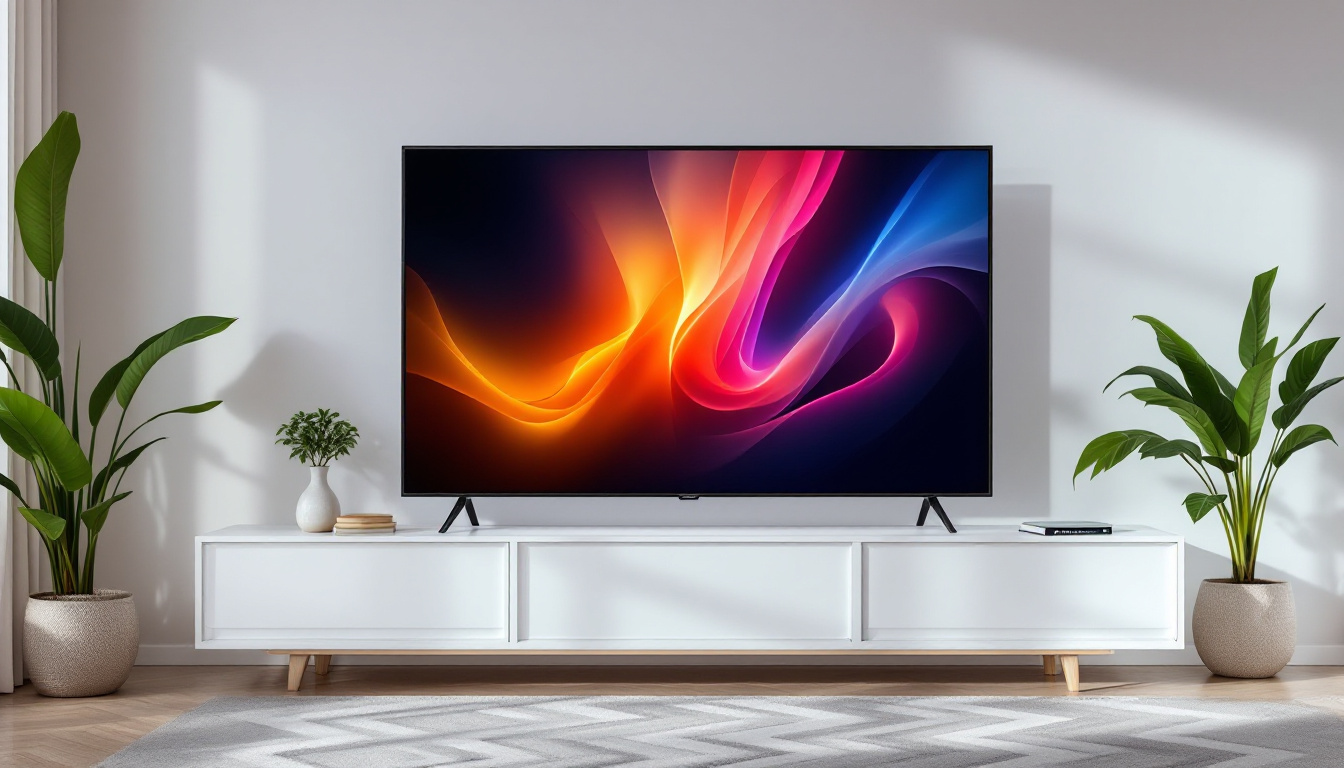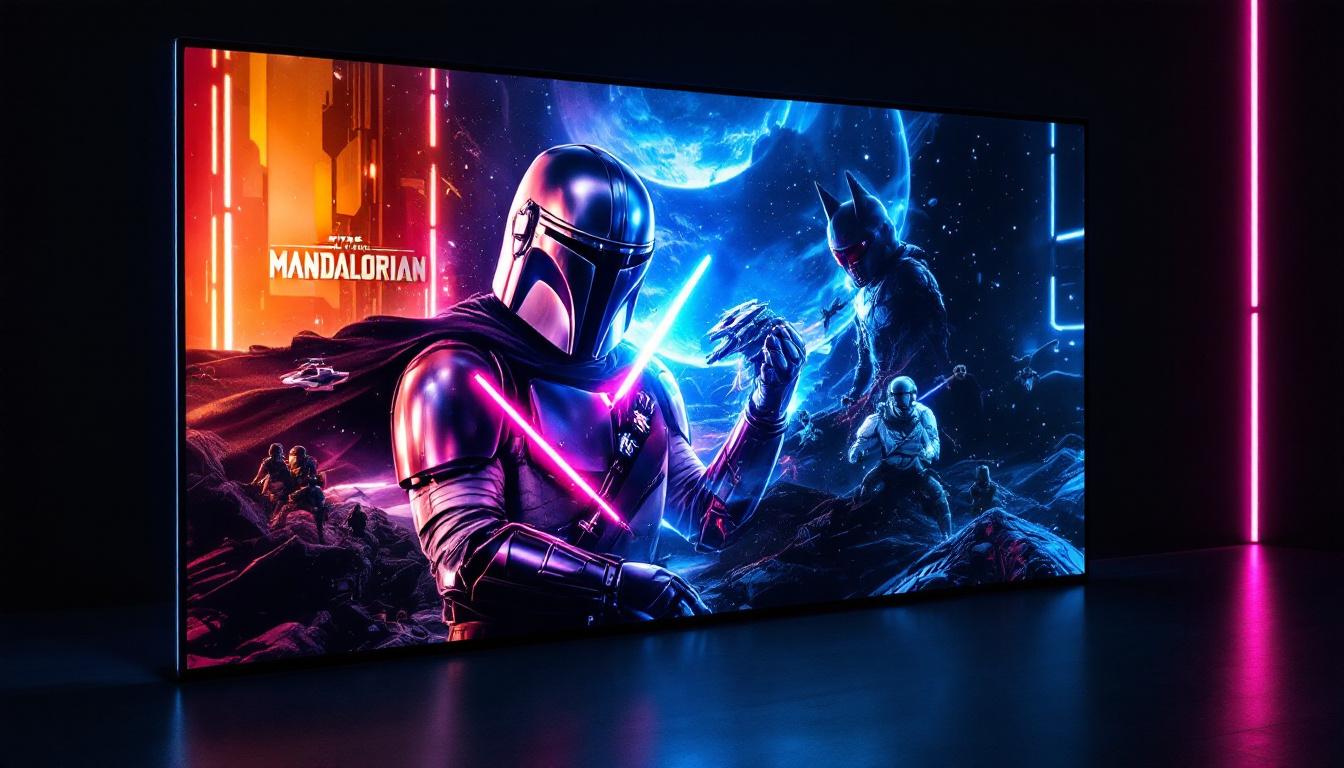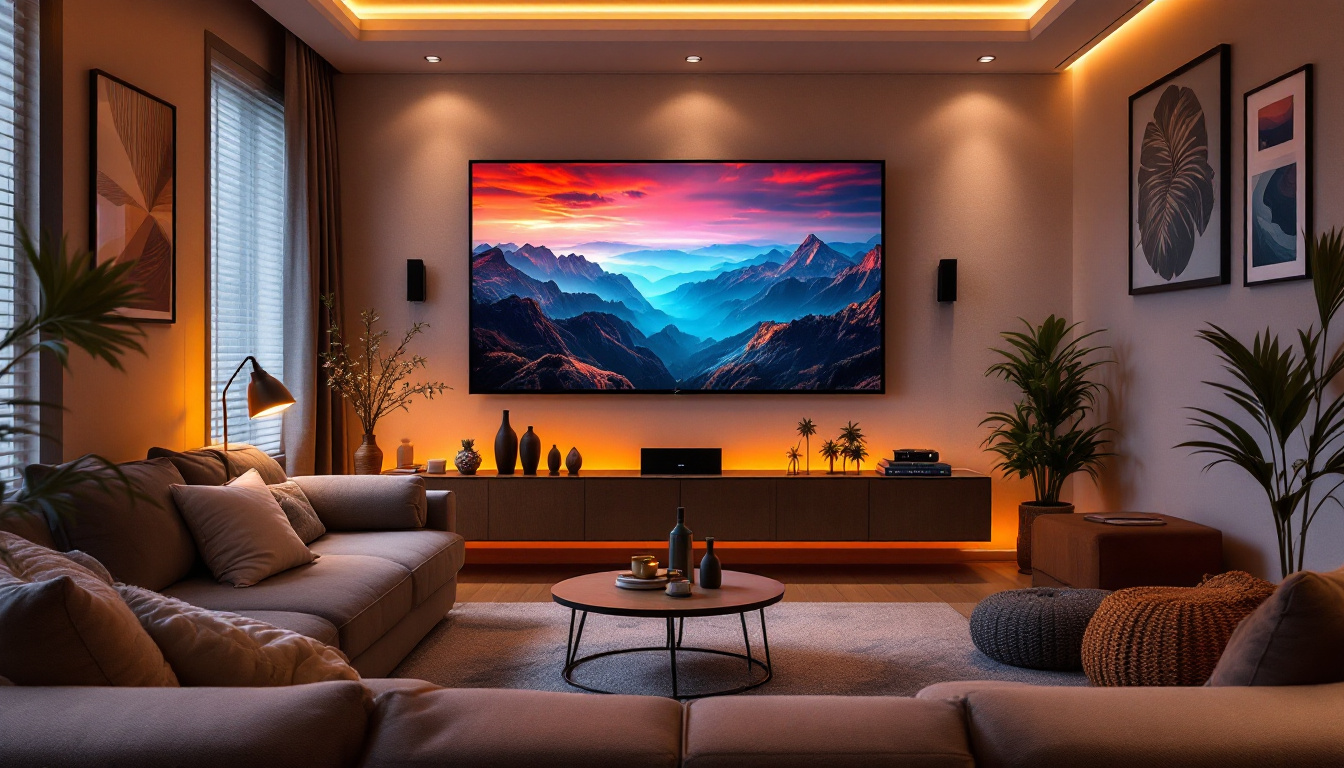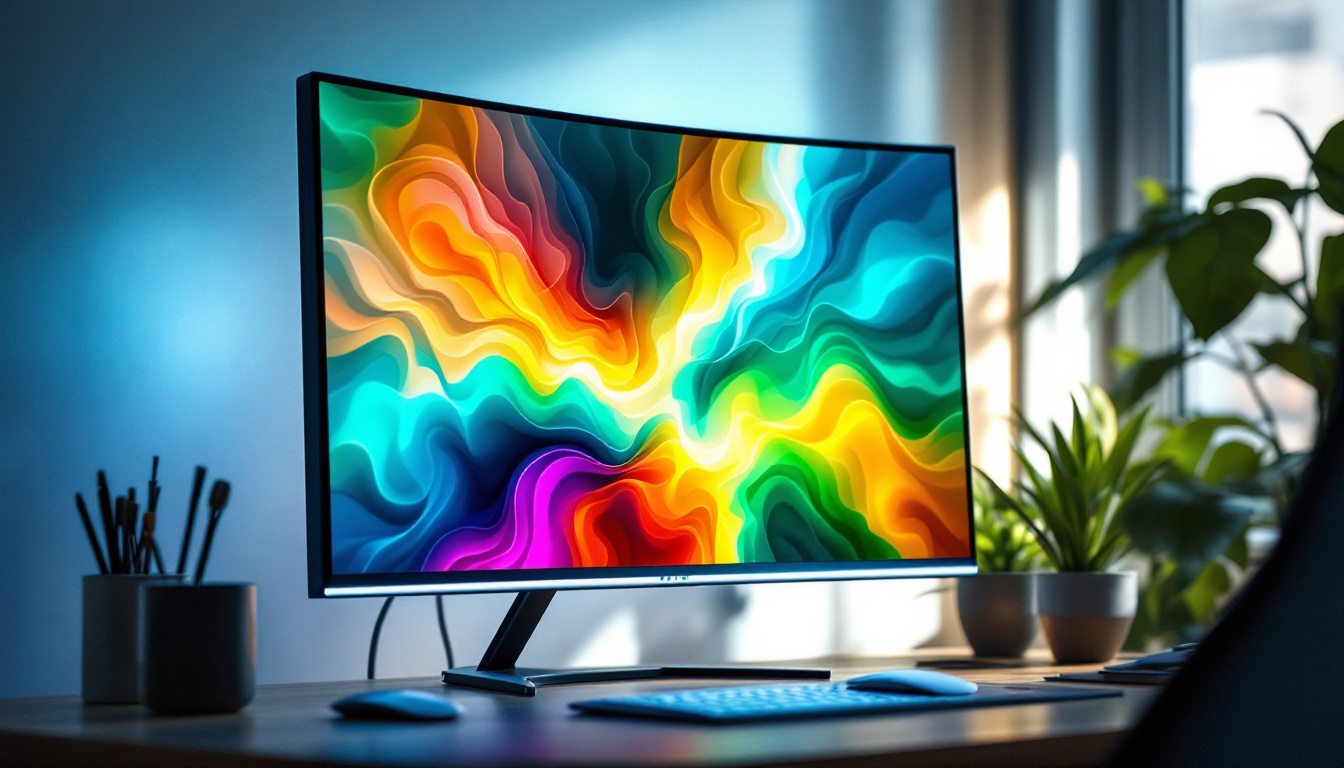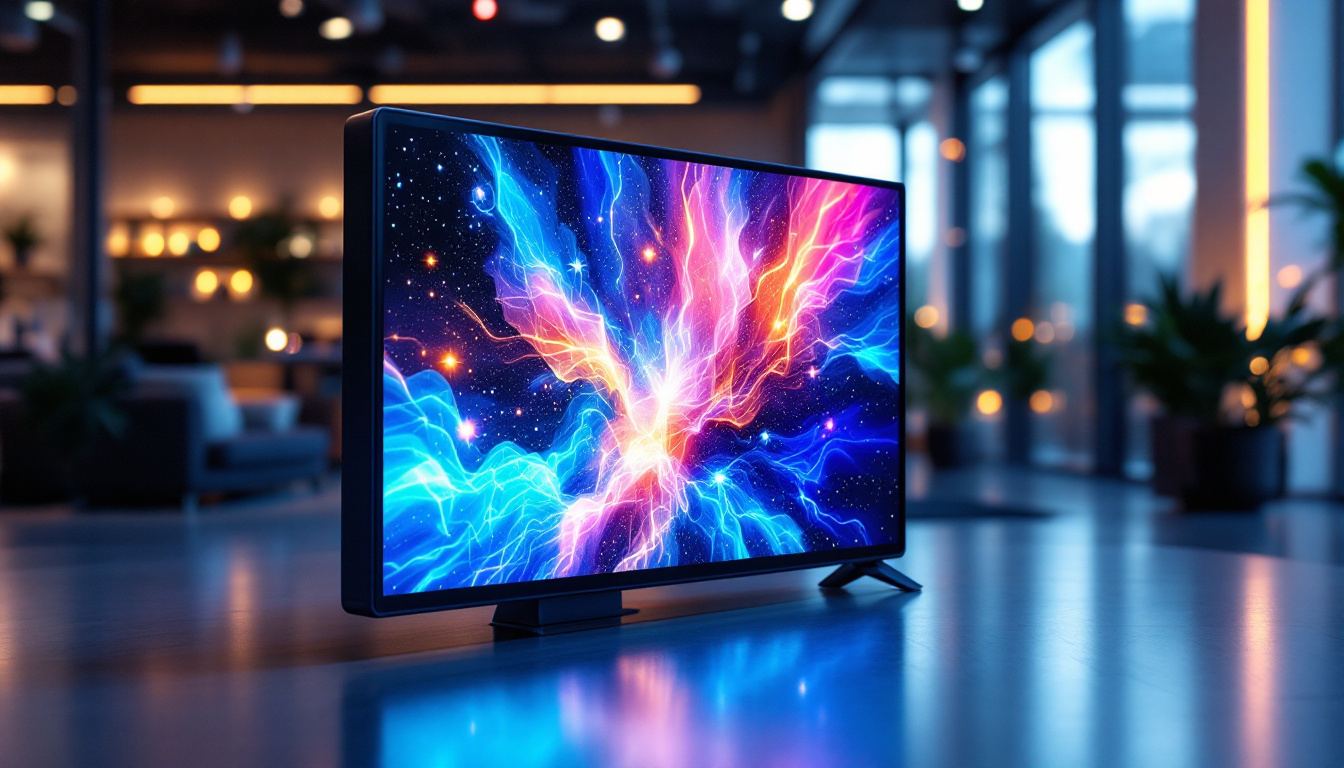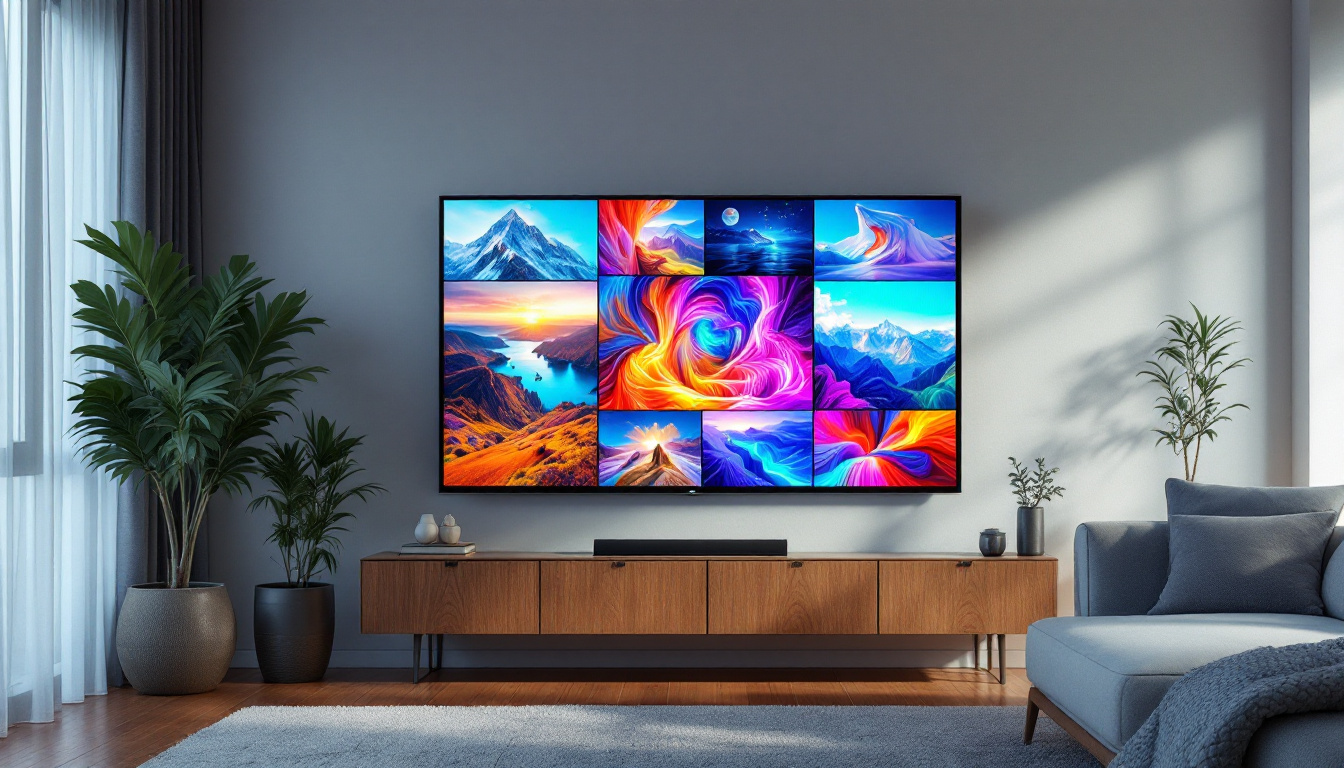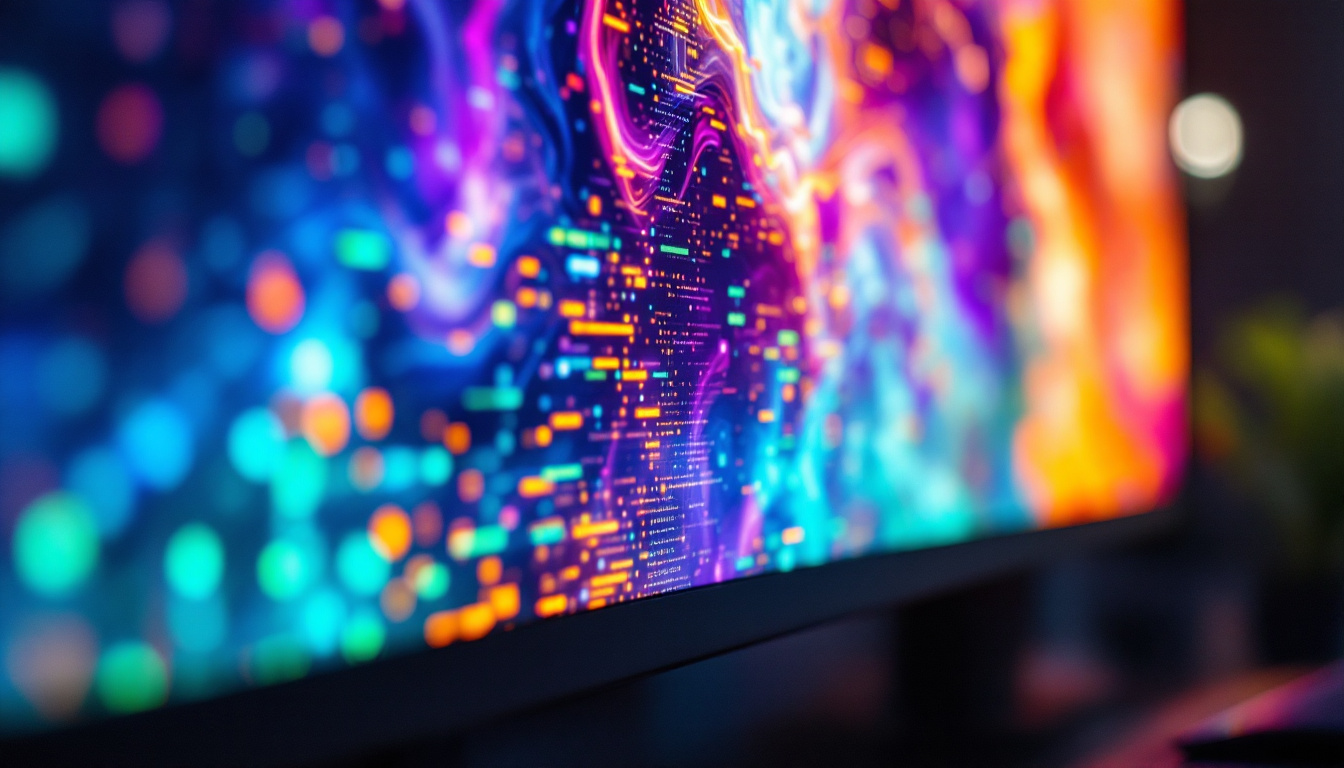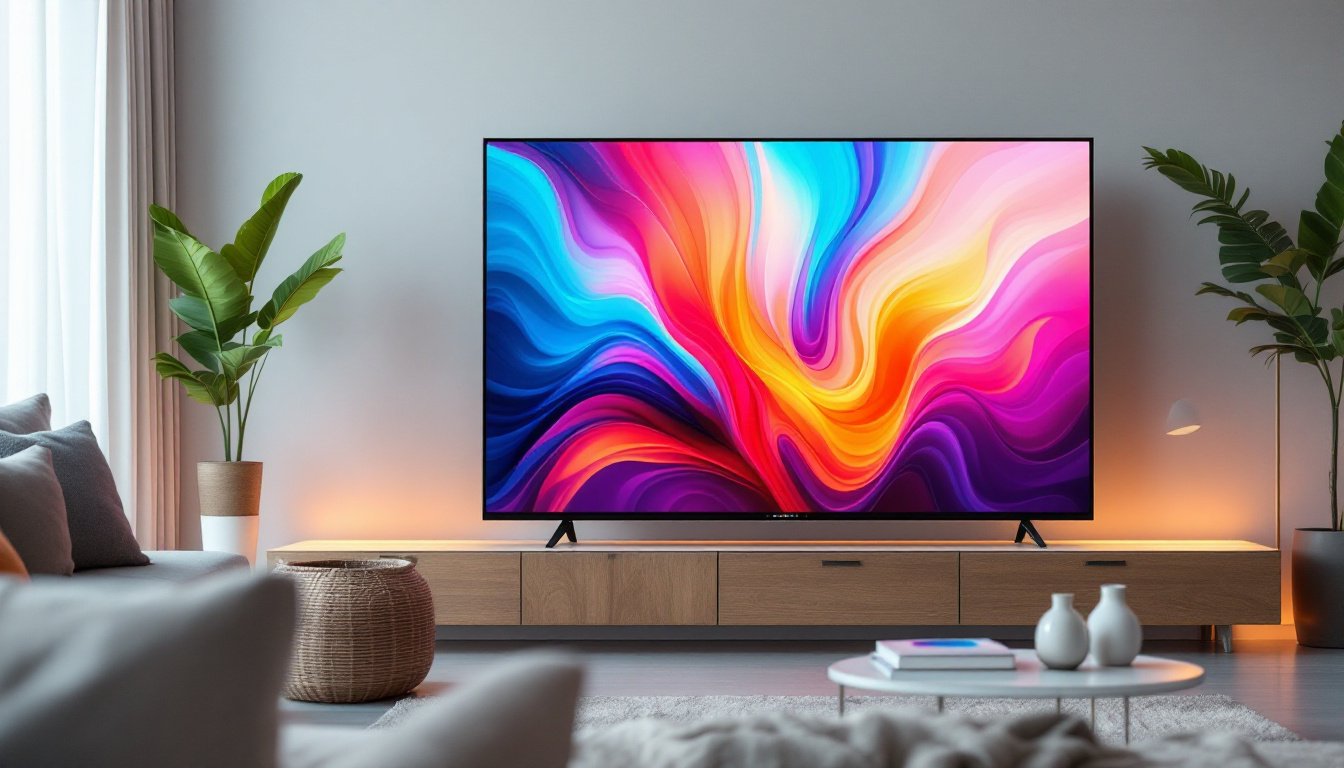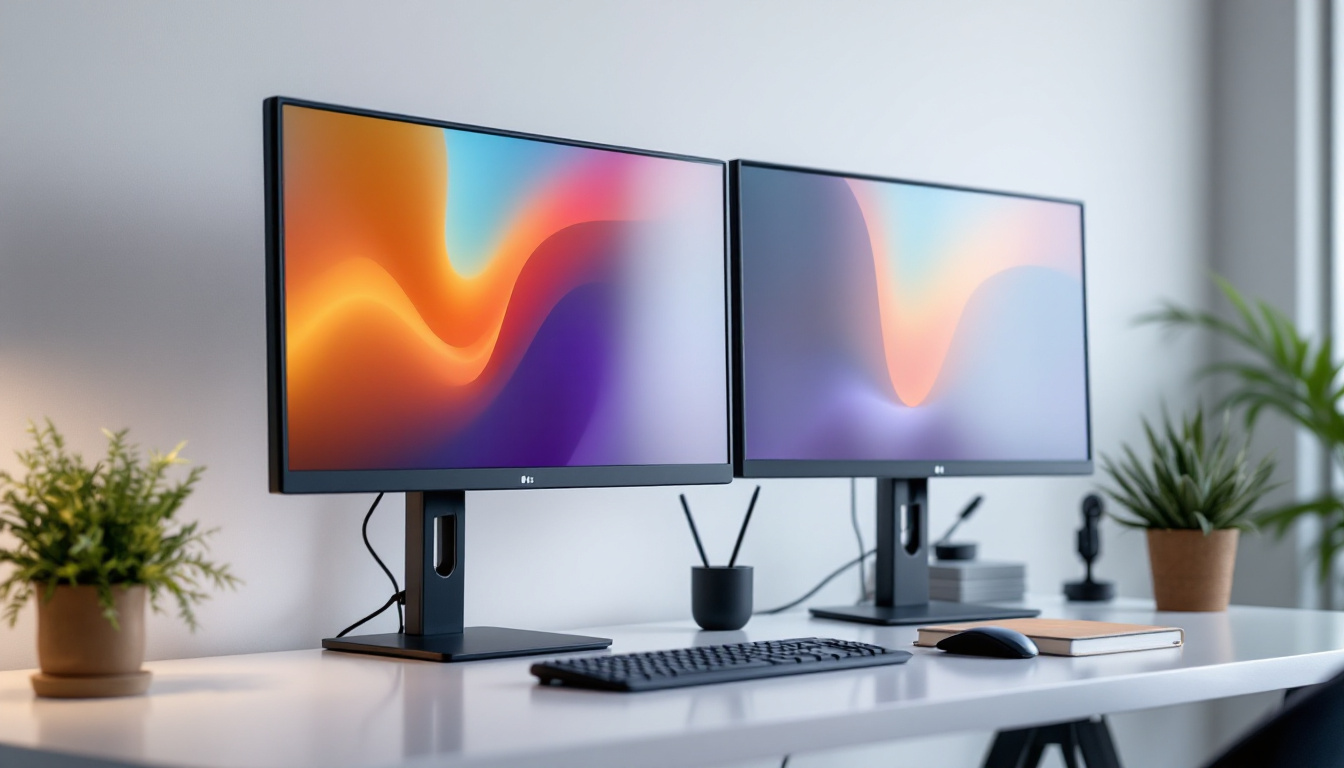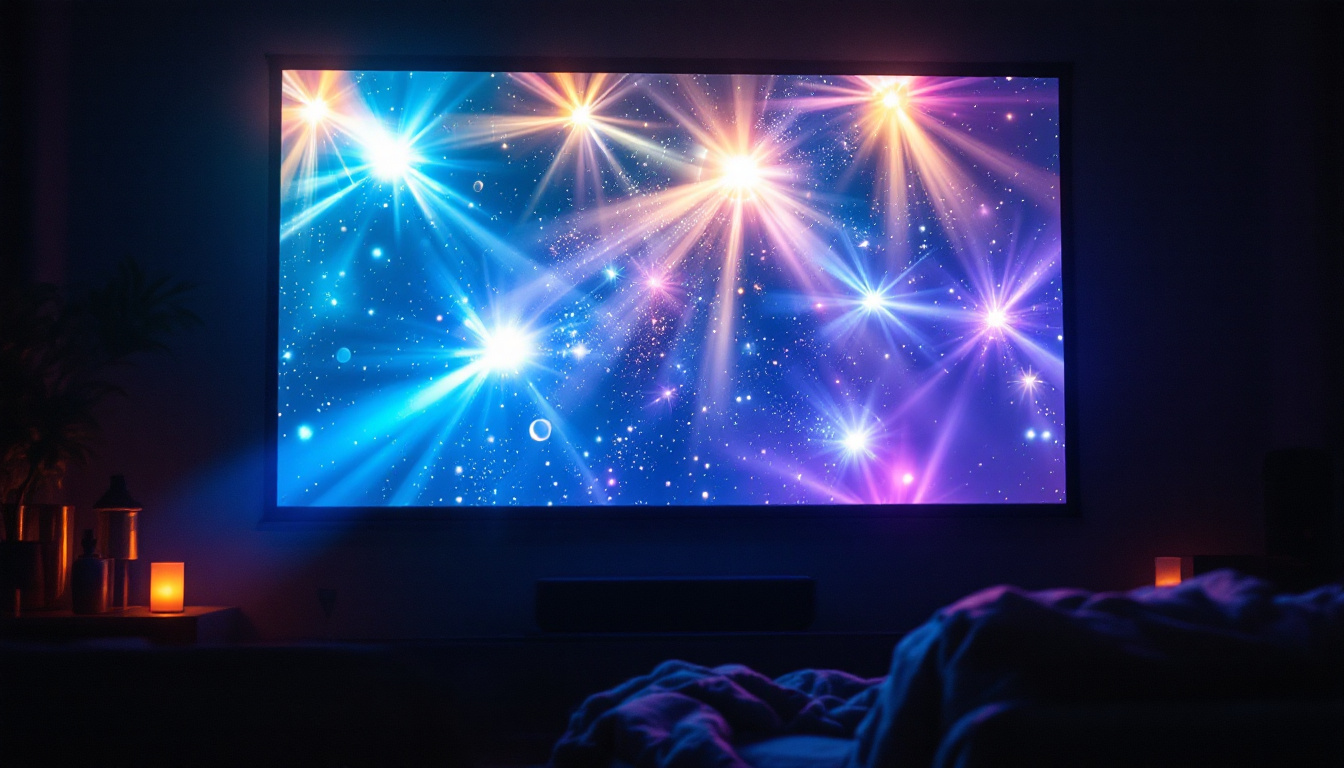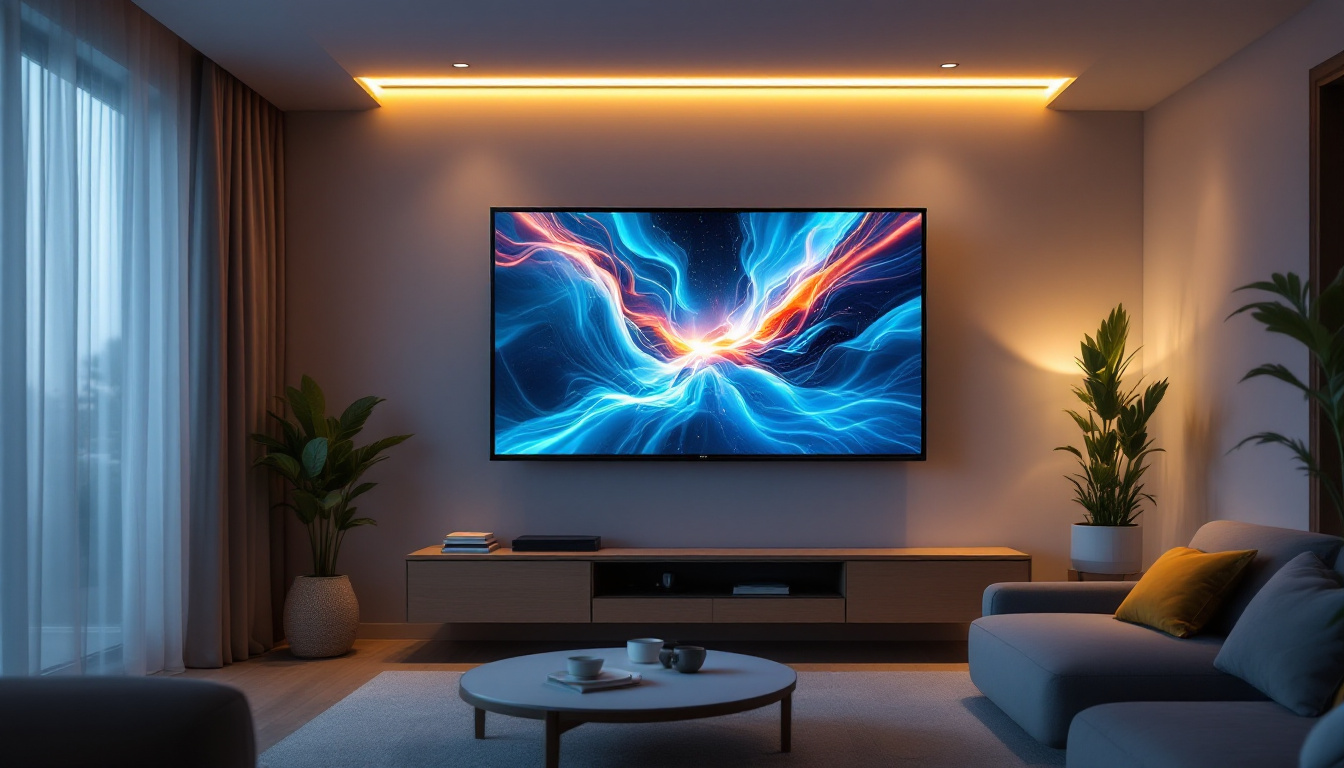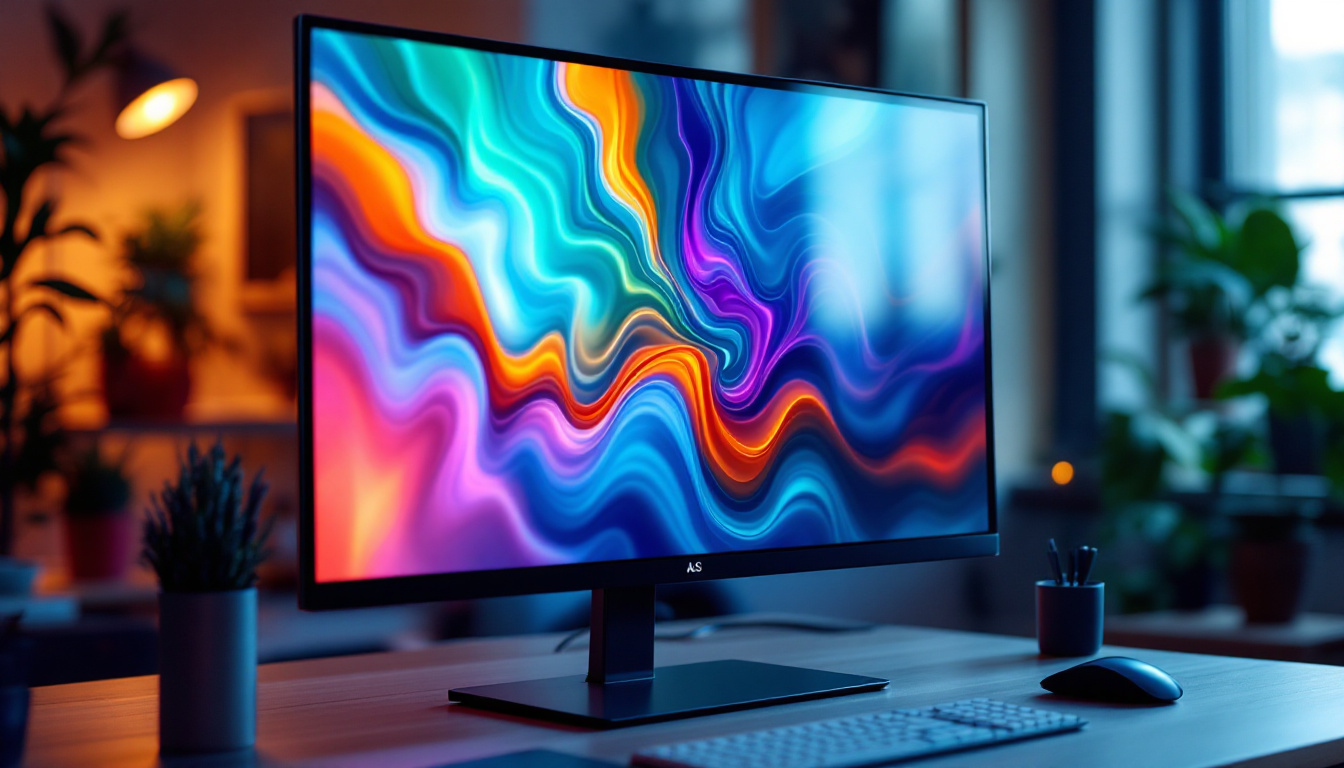In today’s digital age, the choice of monitor can significantly impact productivity, entertainment, and overall user experience. Among the various options available, the 32-inch Full HD (FHD) LED monitor stands out for its impressive balance of size, resolution, and image quality. This article delves into the intricacies of 32 FHD monitors, exploring their features, benefits, and considerations for potential buyers.
Understanding Full HD Resolution
Full HD, or 1080p, refers to a display resolution of 1920×1080 pixels. This resolution has become a standard in the industry, offering a clear and sharp image quality that is suitable for a wide range of applications, from gaming to professional work. The pixel density of a 32-inch monitor at this resolution ensures that images and text appear crisp, making it an excellent choice for both casual and intensive use. Full HD is particularly advantageous for streaming high-definition content, as it allows users to fully appreciate the detail and vibrancy of their favorite movies and shows without the blurriness that can occur at lower resolutions.
Moreover, the transition to Full HD has been a significant milestone in the evolution of display technology. As more content becomes available in high definition, having a monitor that can showcase this quality is essential for an optimal viewing experience. Whether it’s for watching the latest blockbuster or engaging in a high-stakes gaming session, Full HD ensures that users are not missing out on any visual details that enhance their overall experience.
The Importance of Pixel Density
Pixel density, measured in pixels per inch (PPI), plays a crucial role in how images are rendered on a screen. A higher pixel density means more detail can be displayed, which is particularly beneficial for graphic design, video editing, and gaming. For a 32-inch FHD monitor, the pixel density is lower than that of smaller monitors with the same resolution, but it still provides a satisfactory viewing experience for most users. In fact, many users find that the size of the monitor compensates for the lower pixel density, as the larger screen allows for a more immersive experience, especially when viewing high-resolution images or engaging in detailed work.
Additionally, the advancements in display technology have led to improvements in color accuracy and contrast ratios, which further enhance the pixel density’s impact. Monitors now often come with features like HDR (High Dynamic Range) support, which expands the color gamut and improves the brightness levels, allowing for a more vibrant and lifelike image. This means that even at Full HD resolution, users can enjoy a rich visual experience that rivals higher resolutions in certain aspects.
Aspect Ratio and Viewing Experience
The aspect ratio of a monitor defines its width-to-height ratio, with 16:9 being the most common for FHD displays. This aspect ratio is ideal for watching movies, playing games, and multitasking, as it provides ample horizontal space for side-by-side applications. Users can enjoy a more immersive experience without feeling cramped, making the 32-inch FHD monitor a versatile choice for various activities. The 16:9 aspect ratio also aligns with the format of most modern video content, ensuring that viewers can enjoy films and shows without letterboxing or distortion.
Furthermore, the wide aspect ratio facilitates a more comfortable viewing experience during extended periods of use. Whether you are working on spreadsheets, editing videos, or simply browsing the web, the extra screen real estate allows for better organization of windows and applications. This can lead to increased productivity, as users can have multiple applications open and visible at the same time, reducing the need to switch back and forth between tabs. The combination of Full HD resolution and a 16:9 aspect ratio makes the 32-inch monitor an ideal choice for both entertainment and professional environments, catering to the diverse needs of today’s users.
LED Technology: What You Need to Know
LED (Light Emitting Diode) technology has revolutionized the way displays are made, offering several advantages over traditional LCD screens. LED monitors use a backlight composed of LEDs to illuminate the screen, resulting in brighter images, better color accuracy, and improved energy efficiency.
Brightness and Color Accuracy
One of the standout features of LED displays is their ability to produce vibrant colors and high brightness levels. This is particularly important for tasks that require precise color reproduction, such as photo editing or graphic design. The enhanced brightness also makes LED monitors suitable for well-lit environments, ensuring that users can see the screen clearly without straining their eyes.
Energy Efficiency and Longevity
LED technology is known for its energy efficiency compared to traditional monitors. This not only helps reduce electricity bills but also contributes to a lower carbon footprint. Additionally, LED monitors tend to have longer lifespans, making them a more sustainable choice in the long run.
Benefits of a 32-Inch FHD LED Monitor
The 32-inch FHD LED monitor offers a plethora of benefits that cater to various user needs. Whether for gaming, professional tasks, or casual use, this monitor size strikes an excellent balance between screen real estate and usability.
Enhanced Multitasking Capabilities
With a larger screen, users can comfortably work with multiple windows open simultaneously. This is particularly advantageous for professionals who need to reference documents while working on other tasks. The spacious display allows for efficient organization of applications, leading to improved productivity and a more streamlined workflow.
Immersive Gaming Experience
For gamers, a 32-inch FHD LED monitor provides an immersive experience that smaller screens simply cannot match. The larger display enhances the visual impact of games, allowing players to fully appreciate graphics and details. Additionally, many modern monitors come with features such as high refresh rates and low response times, further enhancing the gaming experience.
Comfortable Viewing Distance
The 32-inch size is ideal for users who prefer to sit at a comfortable distance from the screen. This distance helps reduce eye strain, making it suitable for long hours of use, whether for work or leisure. The combination of size and resolution ensures that users can enjoy a clear and comfortable viewing experience without compromising on detail.
Considerations When Choosing a 32-Inch FHD Monitor
While the 32-inch FHD LED monitor offers many advantages, there are several factors to consider before making a purchase. Understanding these aspects can help users select the right monitor for their specific needs.
Refresh Rate and Response Time
The refresh rate, measured in hertz (Hz), indicates how many times the screen refreshes the image per second. A higher refresh rate is essential for gaming, as it results in smoother motion and reduces motion blur. Additionally, response time, measured in milliseconds (ms), affects how quickly pixels can change colors. For competitive gaming, a monitor with a refresh rate of at least 60Hz and a response time of 5ms or lower is recommended.
Connectivity Options
When selecting a monitor, it’s crucial to consider the available connectivity options. Most 32-inch FHD LED monitors come equipped with HDMI and DisplayPort inputs, allowing for easy connection to computers, gaming consoles, and other devices. Some models may also offer USB ports for added convenience, enabling users to connect peripherals directly to the monitor.
Ergonomics and Adjustability
Ergonomics play a vital role in user comfort, especially for those who spend extended periods in front of their monitors. Look for models that offer height adjustment, tilt, and swivel capabilities. These features allow users to customize the monitor’s position for optimal viewing angles, reducing the risk of neck and back strain.
Popular Use Cases for 32-Inch FHD Monitors
The versatility of the 32-inch FHD LED monitor makes it suitable for a variety of applications. Understanding the specific use cases can help users make informed decisions based on their needs.
Office Productivity
In office environments, a 32-inch monitor can significantly enhance productivity. The larger screen allows for better organization of documents and applications, facilitating multitasking. Employees can easily compare spreadsheets or reference materials without the need for constant window switching, leading to more efficient workflows.
Creative Work
For graphic designers, photographers, and video editors, color accuracy and detail are paramount. A 32-inch FHD LED monitor provides ample screen space for editing and reviewing work, while the LED technology ensures vibrant colors and sharp images. This makes it easier to make precise adjustments and deliver high-quality results.
Entertainment and Gaming
When it comes to entertainment, a larger screen enhances the viewing experience for movies, TV shows, and gaming. The immersive nature of a 32-inch display allows users to enjoy their favorite content without feeling confined. For gamers, the combination of size, resolution, and advanced features creates an engaging and enjoyable gaming environment.
Future Trends in Monitor Technology
The world of monitor technology is constantly evolving, with new advancements on the horizon. Understanding these trends can help users make informed decisions about their future purchases.
Higher Resolutions and Refresh Rates
As technology progresses, higher resolutions such as 4K and even 8K are becoming more accessible. These resolutions offer unparalleled detail and clarity, making them ideal for professional applications and high-end gaming. Additionally, monitors with refresh rates exceeding 144Hz are gaining popularity among gamers, providing smoother experiences and competitive advantages.
Curved and Ultra-Wide Displays
Curved and ultra-wide monitors are gaining traction as they provide immersive viewing experiences. The curvature of the screen helps to reduce distortion and enhances peripheral vision, making it ideal for gaming and cinematic experiences. Ultra-wide monitors offer expansive screen real estate, allowing for more efficient multitasking and a more immersive experience for creative work.
Conclusion
In summary, a 32-inch FHD LED monitor presents a compelling option for users seeking a balance between size, resolution, and performance. With advantages such as enhanced multitasking capabilities, immersive gaming experiences, and energy efficiency, these monitors cater to a diverse range of needs. By considering factors such as refresh rate, connectivity, and ergonomics, users can make informed decisions that align with their specific requirements. As technology continues to advance, the future of monitor displays looks promising, with exciting developments on the horizon that will further enhance user experiences.
Discover LumenMatrix’s Advanced LED Display Solutions
Ready to elevate your visual experience with the latest in LED display technology? Look no further than LumenMatrix, a pioneer in crafting LED displays that bring your content to life. Whether you’re enhancing your workspace, engaging audiences at events, or creating dynamic advertising, LumenMatrix’s comprehensive range of LED solutions—including Indoor and Outdoor LED Wall Displays, Vehicle LED Displays, and more—offers unparalleled clarity and impact. Don’t just take our word for it; check out LumenMatrix LED Display Solutions today and see the difference for yourself!

